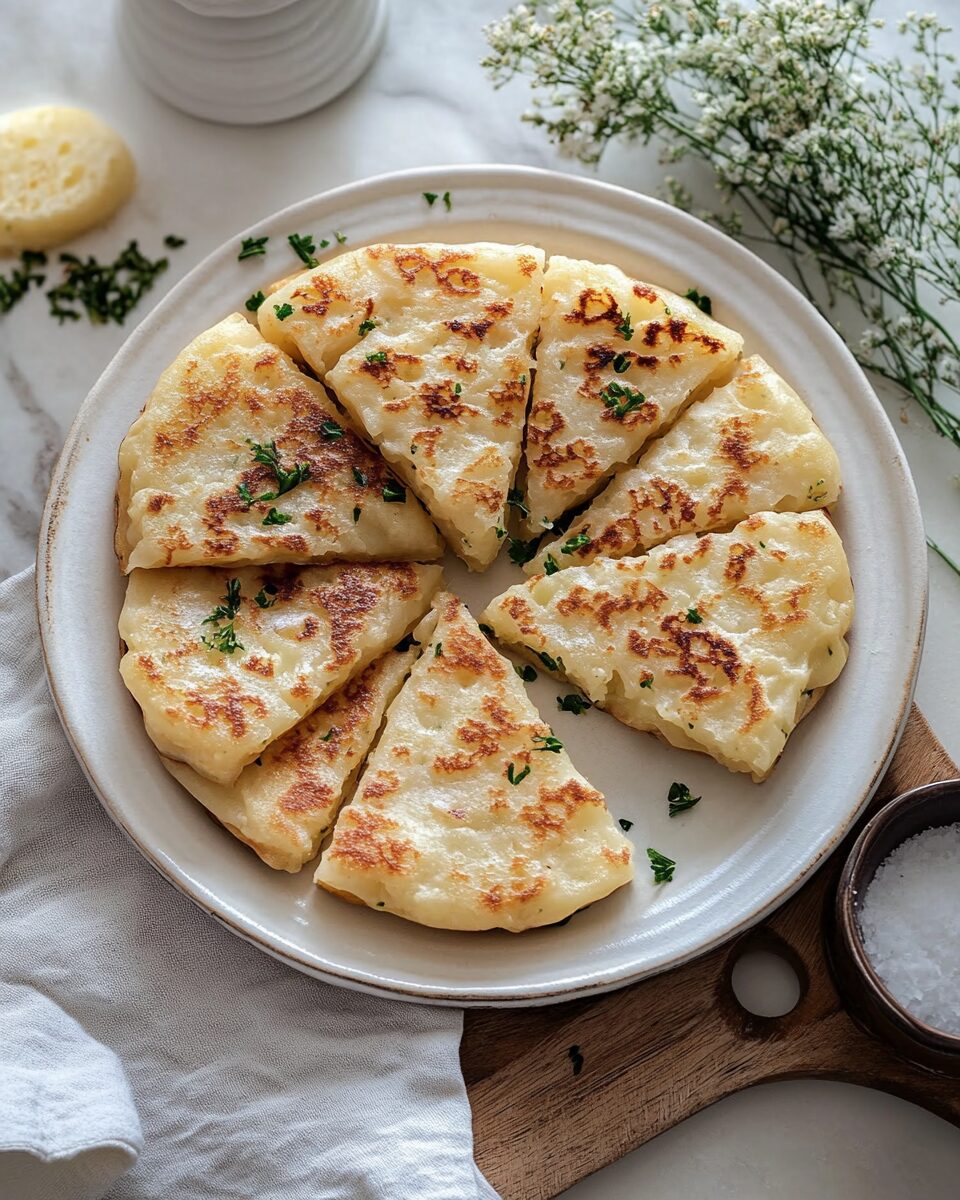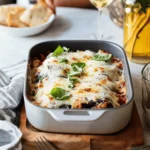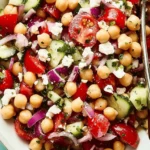Irish Potato Farls are a traditional comfort food made with simple ingredients like potatoes, flour, butter, and a pinch of salt. These golden, crispy slices are perfect for breakfast, as a side dish, or whenever you’re craving something cozy. They’re also an excellent way to use up leftover mashed potatoes.
FULL RECIPE:
Ingredients
- 2 cups mashed potatoes (preferably warm)
- 1 cup all-purpose flour
- 2 tablespoons melted butter
- 1/2 teaspoon salt
- Additional butter or oil for cooking
Directions
- Prepare the Dough: In a mixing bowl, combine the warm mashed potatoes with the melted butter and salt. Gradually add the flour, mixing until a soft dough forms. The dough should be pliable but not sticky; adjust with a little more flour if necessary.
- Shape the Farls: Transfer the dough onto a lightly floured surface. Gently roll it out into a circle approximately 1/2 inch thick. Using a knife or a dough cutter, divide the circle into quarters (these are the “farls”).
- Cook: Heat a skillet or griddle over medium heat and add a small amount of butter or oil to coat the surface. Place the farls onto the skillet and cook for about 3-4 minutes on each side, or until they develop a golden-brown crust.
- Serve: Once cooked, remove the farls from the skillet and let them cool slightly on a wire rack. Serve warm, either plain or with your choice of toppings such as butter, jam, or a sprinkle of herbs.
Nutritional Information
- Calories: Approximately 150 per farl
- Carbohydrates: 28g
- Protein: 4g
- Fat: 3g
- Fiber: 2g
- Sodium: 300mg
The History of Irish Potato Farls
Irish Potato Farls have been a staple in Irish cuisine for generations. The word “farl” originates from the Scottish term “fardel,” meaning “four parts,” which describes how the dough is traditionally divided into quarters before cooking. These simple yet delicious potato cakes have their roots in Northern Ireland, particularly in the Ulster region, where they are commonly enjoyed as part of an “Ulster Fry,” a traditional Irish breakfast that includes sausages, bacon, eggs, and soda bread. Historically, potato farls were a practical way for Irish households to use up leftover mashed potatoes, ensuring that no food went to waste. Since potatoes were a crucial part of Ireland’s agricultural economy, they became a foundation for many recipes, including this one. Over time, potato farls became a beloved comfort food, appreciated for their soft, fluffy interior and crispy golden crust.
Why Irish Potato Farls Are So Popular
There are several reasons why Irish Potato Farls continue to be popular today:
- Simple and Affordable Ingredients – Potato farls require only a handful of pantry staples, making them budget-friendly and accessible to everyone.
- Versatile and Adaptable – They can be served as part of a traditional breakfast, a side dish, or even a snack with different toppings.
- Quick and Easy to Make – Unlike other breads that require yeast and long rising times, potato farls come together quickly with minimal effort.
- Naturally Gluten-Free Option – While traditional recipes use all-purpose flour, they can easily be made gluten-free by substituting with a gluten-free flour blend.
How to Serve Irish Potato Farls
Irish Potato Farls are incredibly versatile and can be enjoyed in a variety of ways:
- Traditional Breakfast – They are commonly served alongside eggs, bacon, black pudding, and sausages in a full Irish breakfast.
- With Butter and Jam – Spread with butter or jam for a simple and satisfying snack.
- As a Side Dish – They pair well with soups, stews, and roasted meats.
- Topped with Cheese and Herbs – A sprinkle of shredded cheese and fresh herbs can elevate their flavor.
- With Smoked Salmon or Avocado – For a modern twist, try topping them with smoked salmon, avocado, or poached eggs.
Variations of Irish Potato Farls
Although the classic recipe remains the most popular, there are several delicious variations:
- Cheesy Potato Farls – Adding shredded cheddar or Parmesan to the dough enhances their flavor.
- Garlic and Herb Farls – Mixing in minced garlic, chives, or parsley gives them an aromatic twist.
- Sweet Potato Farls – Substituting regular potatoes with mashed sweet potatoes results in a slightly sweeter taste.
- Spicy Farls – A dash of black pepper, cayenne, or paprika adds a subtle heat.
- Stuffed Farls – Some variations include stuffing them with cheese, bacon, or caramelized onions for an extra burst of flavor.
Tips for Making the Best Irish Potato Farls
- Use Warm Mashed Potatoes – Warm potatoes blend more easily with the flour, creating a smoother dough.
- Avoid Overmixing – Overworking the dough can make the farls dense instead of light and fluffy.
- Adjust Flour as Needed – Depending on the moisture content of your mashed potatoes, you may need to slightly adjust the amount of flour.
- Cook Over Medium Heat – A moderate heat setting ensures a crispy golden crust without burning.
- Don’t Overcrowd the Pan – Cook the farls in batches if necessary to allow them to brown evenly.
How to Store and Reheat Irish Potato Farls
If you have leftovers, storing and reheating them properly will ensure they stay delicious:
- Refrigeration – Store cooled potato farls in an airtight container in the fridge for up to three days.
- Freezing – Wrap each farl in plastic wrap and place them in a freezer-safe bag. They can be stored for up to two months.
- Reheating – To restore their crispy texture, reheat them in a dry skillet over medium heat or warm them in the oven at 350°F (175°C) for a few minutes. They can also be microwaved, but this may make them softer rather than crispy.
Health Benefits of Irish Potato Farls
Potato farls are not only delicious but also offer some nutritional benefits:
- Rich in Carbohydrates – They provide a good source of energy, making them ideal for a hearty breakfast.
- High in Potassium – Potatoes are naturally rich in potassium, which helps regulate blood pressure.
- Low in Fat – When cooked with minimal butter or oil, potato farls can be a relatively low-fat food option.
- Gluten-Free Option – By using gluten-free flour, those with gluten sensitivities can still enjoy them.
Conclusion
Irish Potato Farls are a timeless and beloved dish that embodies the heart of Irish cuisine. Their simplicity, versatility, and delicious taste make them a favorite in many households. Whether enjoyed as part of a hearty breakfast, a side dish, or a snack, these crispy, fluffy potato cakes are a must-try for anyone who appreciates comfort food. By experimenting with different flavors and toppings, you can make them your own while still honoring their rich culinary history.






